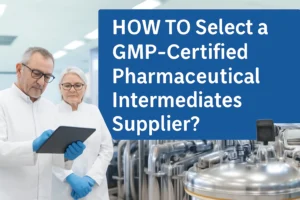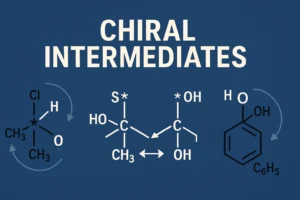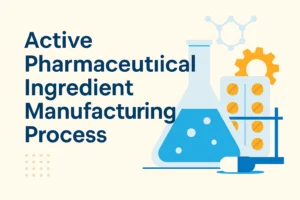
How to Select a GMP-Certified Pharmaceutical Intermediates Supplier (Authoritative Guide)
This guide explains how to assess supplier quality systems, manufacturing technology, and reliability — helping pharmaceutical companies secure a trusted partner for long-term success.


